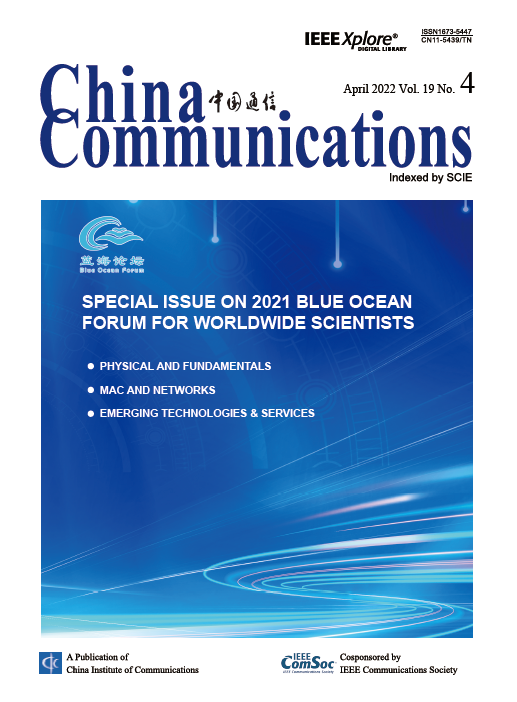MAC AND NETWORKS
Ning Huang, Tianshun Wang, Yuan Wu, Suzhi Bi, Liping Qian, Bin Lin
2022, 19(4): 216-229.
Federated learning (FL), which allows multiple mobile devices to cooperatively train a machine learning model without sharing their data with the central server, has received widespread attention. However, the process of FL involves frequent communications between the server and mobile devices, which incurs a long latency. Intelligent reflecting surface (IRS) provides a promising technology to address this issue, thanks to its capacity to reconfigure the wireless propagation environment. In this paper, we exploit the advantage of IRS to reduce the latency of FL. Specifically, we formulate a latency minimization problem for the IRS assisted FL system, by optimizing the communication resource allocations including the devices' transmit-powers, the uploading time, the downloading time, the multi-user decomposition matrix and the phase shift matrix of IRS. To solve this non-convex problem, we propose an efficient algorithm which is based on the Block Coordinate Descent (BCD) and the penalty difference of convex (DC) algorithm to compute the solution. Numerical results are provided to validate the efficiency of our proposed algorithm and demonstrate the benefit of deploying IRS for reducing the latency of FL. In particular, the results show that our algorithm can outperform the baseline of Majorization-Minimization (MM) algorithm with the fixed transmit-power by up to 30%.
